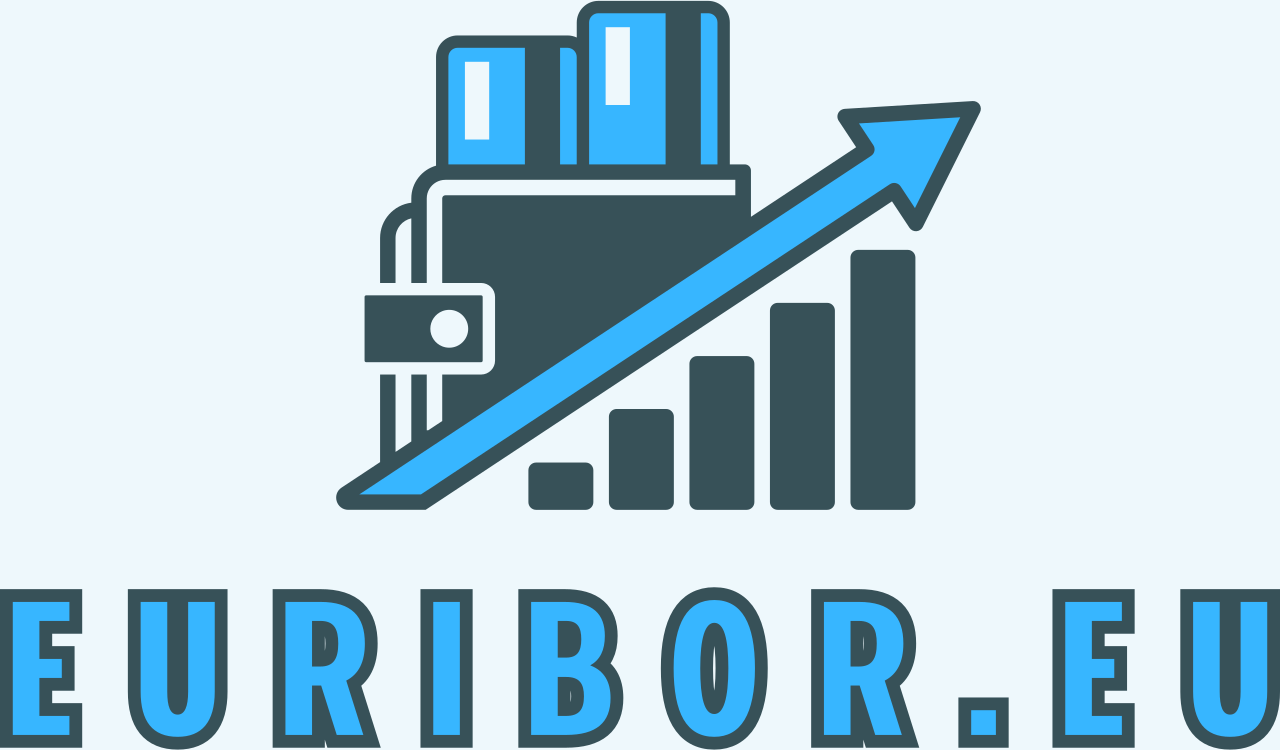In the vast ocean of financial jargon, few terms carry as much weight as Euribor. For those diving into the world of loans, mortgages, and interest rates, understanding Euribor is crucial. Whether you’re a seasoned investor or a first-time homeowner, grasping the nuances of Euribor can empower you to make informed decisions about your financial future.
Demystifying Euribor
First things first, what exactly is Euribor? Euribor stands for the Euro Interbank Offered Rate. It’s the average interest rate at which European banks offer to lend funds to one another in the euro wholesale money market. This rate serves as a benchmark for countless financial products, including loans, mortgages, and derivatives.
Why Euribor Matters
Euribor plays a pivotal role in determining the interest rates on loans. When you take out a loan with a variable interest rate, the rate is often tied to Euribor. This means that as Euribor fluctuates, so too does the interest rate on your loan. Understanding Euribor trends can help borrowers anticipate changes in their loan payments and plan accordingly.
The Euribor and Loans Relationship
For borrowers, the relationship between Euribor and loans is both simple and complex. On one hand, a lower Euribor can translate to lower monthly payments for those with variable-rate loans. Conversely, a rising Euribor can lead to higher payments. Fixed-rate loans, on the other hand, offer stability as they are not directly tied to Euribor. However, Euribor can still indirectly influence fixed-rate loan offerings in the market.
Euribor in the Real World
To put Euribor into perspective, let’s consider a hypothetical scenario. Imagine you’ve just secured a mortgage with a variable interest rate tied to Euribor. If Euribor is at an all-time low, you may enjoy relatively low monthly payments. However, if Euribor starts to climb, your payments could increase significantly over time. This highlights the importance of monitoring Euribor trends and planning for potential fluctuations.
Factors Influencing Euribor
Several factors can influence Euribor rates, including monetary policy decisions, economic indicators, and market sentiment. Central bank actions, such as changes to key interest rates by the European Central Bank (ECB), can have a direct impact on Euribor. Additionally, broader economic trends, such as inflation and economic growth, can influence market expectations and thereby affect Euribor rates.
Managing Euribor-Linked Loans
For borrowers with loans tied to Euribor, proactive management is key. Monitoring Euribor trends and staying informed about economic developments can help borrowers anticipate changes in their loan payments. Additionally, exploring options such as interest rate caps or fixed-rate conversion clauses can provide added protection against rising Euribor rates.
Conclusion
In the intricate world of finance, Euribor stands as a cornerstone of interest rate benchmarks. Understanding Euribor and its relationship with loans is essential for borrowers seeking to navigate the complexities of the financial landscape. By staying informed, monitoring market trends, and exploring risk management strategies, borrowers can empower themselves to make sound financial decisions even in the face of Euribor fluctuations.

